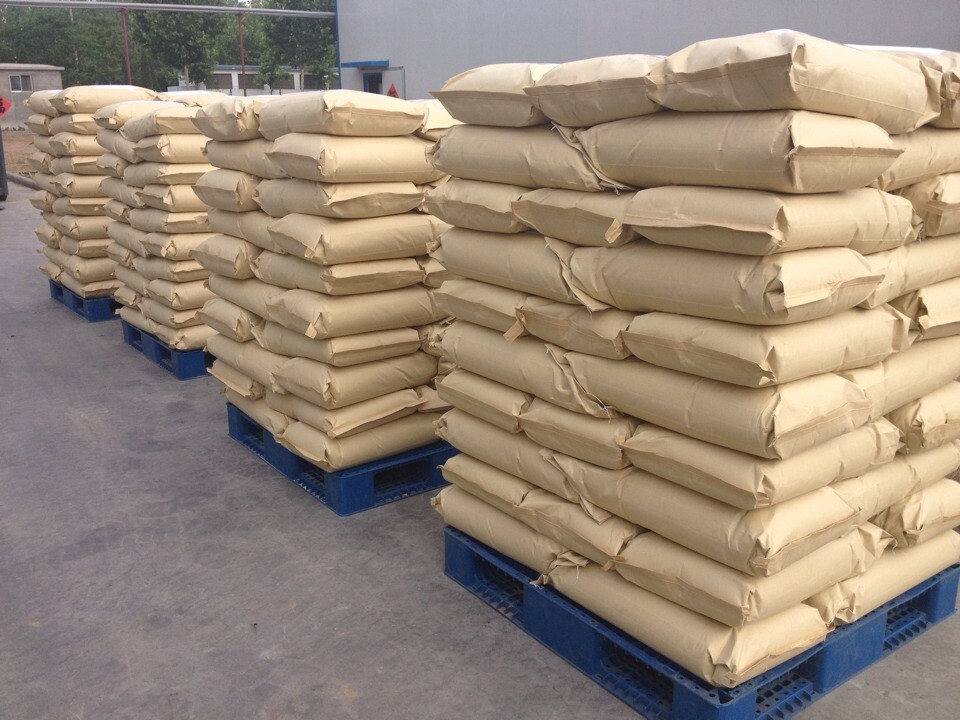Introduction
In the world of chemistry and materials, polymers and monomers play an essential role in the production of various products. From everyday plastics to cutting-edge medical materials, these two concepts form the basis of many modern technologies. But what are the differences between polymers and monomers? In this article, we will discuss their definitions, properties, applications, and differences in detail.
Chapter One: Definition of Monomer and Polymer
1.1 What is a monomer?
Monomers are small, simple molecules that can be joined together to form longer chains called polymers. They are the building blocks of polymers and typically contain active functional groups, such as carbon-carbon bonds (C=C) or hydroxyl (-OH) and carboxyl (-COOH ) groups , which facilitate polymerization reactions.
Famous examples of monomers:
-
Ethylene (C₂H₄) for the production of polyethylene
-
Vinyl chloride (C₂H₃Cl) for the production of polyvinyl chloride
-
Styrene (C₈H₈) for the production of polystyrene
1.2 What is a polymer?
Polymers are large molecules formed by the combination of many monomers. This fusion process is called polymerization . Polymers can be linear, branched, or interlocked, and have diverse physical and chemical properties.
Types of polymers:
-
Natural polymers: such as cellulose, cotton, wool, proteins.
-
Industrial polymers: such as nylon , polystyrene and polyethylene.
-
Semi-finished polymers: such as rayon, which is manufactured from modified cellulose.
 Chapter Two: The Main Differences Between a Monomer and a Polymer
Chapter Two: The Main Differences Between a Monomer and a Polymer
| feature | Monomer | Polymer |
|---|---|---|
| Molecular size | Small (low molecular mass) | Large (high molecular mass) |
| building | One Unit | A series of repeating units |
| Physical properties | Usually a liquid or gas. | Rigid or flexible |
| Interactivity | Highly active | Low activity (due to high volume) |
| Applications | Raw materials for polymers | Production of finished products such as plastic and fiber. |
Chapter Three: The Process of Polymerization (Conversion of the Monomer into a Polymer)
Polymerization is carried out in two main ways:
3.1 Further polymerization
In this method, the monomers are joined together without losing atoms. A well-known example is the production of polyethylene from ethylene.
3.2 Condensation polymerization
In this method, in addition to forming the polymer, a small molecule (such as water) is also released. For example, in the production of nylon of hexamethylamine and adipic acid.
Chapter Four: Applications of Monomers and Polymers
4.1 Application of monomers
-
Plastic production
-
Manufacture of adhesives and resins
-
Pharmaceutical industries (e.g. pharmaceutical capsule industry)
4.2 Application of polymers
-
Packaging (plastic bottles)
-
Automotive industry (production of rubber and polymer parts)
-
Medicine (manufacture of implants and sutures)
Chapter Five: Summary and Conclusion
Monomers and polymers play a vital role in industry and nature, but they differ fundamentally in size, structure and applications. Monomers are the building blocks of polymers, while polymers are end products with diverse . mechanical and chemical properties.
Frequently Asked Questions:
-
Are all polymers made of monomers?
Yes, all polymers are made up of a monomer union. -
Are monomers toxic?
Some monomers, such as vinyl chloride, are toxic, but they become harmless after polymerization.